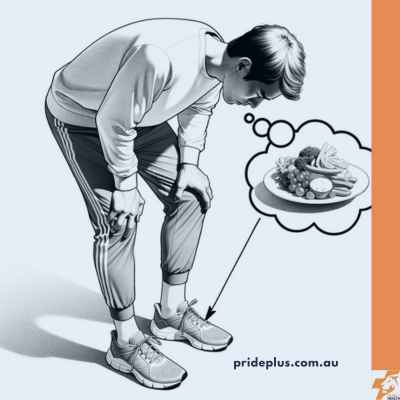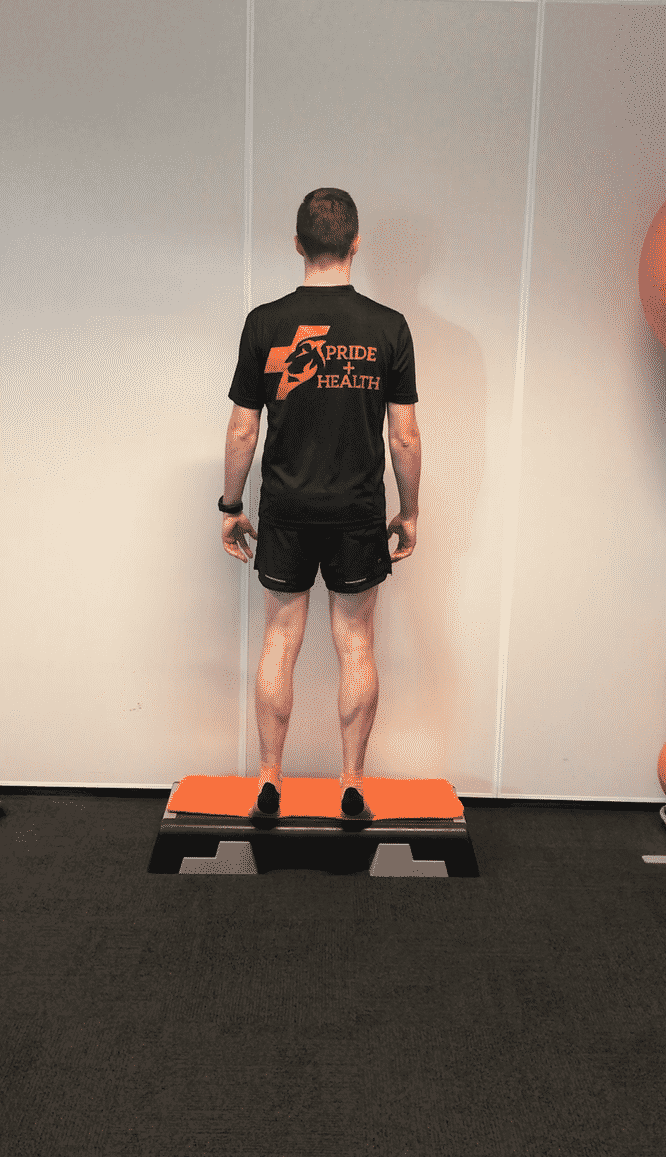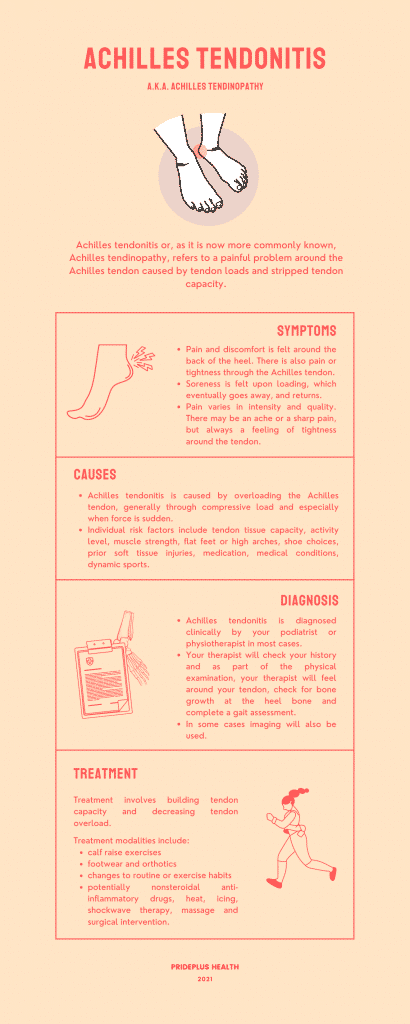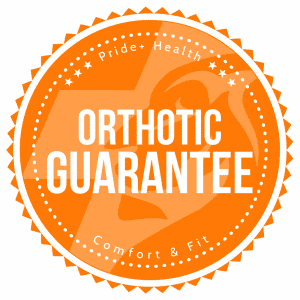Your hip pain might be shouting out for you to look down – at your feet! If hip pain is a daily reminder to you that something is going wrong but you’re just not sure what it is and...
Your hip pain might be shouting out for you to look down – at your feet!
If hip pain is a daily reminder to you that something is going wrong but you’re just not sure what it is and what you can do about it?
You’re not the only one.
Hip pain is one of the more common injuries that physiotherapists treat on a daily basis. But what about podiatrists? Yeah, us foot doctors who are obsessed with feet and how they affect our daily lives. We too are called upon by our physiotherapy colleagues to help understand if your feet are causing or contributing to your hip pain.
Unfortunately, not everyone has a great physiotherapist who works closely with podiatrists understanding the impact feet have on the hips (and vice versa).
So if you’d like to find out if your feet are causing or contributing to your hip pain so you can overcome the awful aches and panging pains – read on..
The Silent Dialogue Between Your Feet and Hips
Your feet are your connection to the ground.
Step by step they are working hard to keep you upright and moving. As podiatrists, we like to think of them as having three separate jobs to do.
Shock absorbing the impact as you strike the ground Adjusting and balancing your body Springing forwards and onto the next stepWhat this means for your hip joint is that each step, depending on how good a job your feet are doing, your hips need to:
Adjust to the impact of gravity and the ground pushing back at you Balance on one side as the other swings free Stabilise and power you forwardsSo if your feet and ankles are not up to the job, that extra work is going to be sent somewhere. And often, when you have hip pain, that extra work is taken up by the hips. How can you tell?
The three tests that tell your feet are causing your hip pain, that you can check at home are as follows.
Test 1: The Foot Position Test
Have you ever watched someone walk and think, wow, your feet point outwards a long way? Wonder why that is… You’re about to find out.
First, march on the spot, looking straight ahead, think back to your last meal. What did you eat? Was it porridge? No, it’s now the evening – today you had a sandwich for lunch.
Stop marching.
Now, look down at your feet. What direction are they facing?
 Image via Dall-E and the authors imagine as his last meal was not healthy.
Image via Dall-E and the authors imagine as his last meal was not healthy.
It’s normal for your right foot to face a 1 o’clock position, and your left to face towards 11 o’clock. This is a slightly abducted position.
If your right faces further towards 2 or 3 o’clock, and your left closer to 9 or 10 o’clock you’re in a more abducted position. This is a compensation that we do to provide greater balance, by using our toes more to support us. That sounds good – more balance – harder working toes.
But, this means that your hip joint is now in an externally rotated position, and this is during a high loading time too. When all of your bodyweight is on that side and now your hip is not in it’s optimal position to tolerate that load.
Also, if you’re wondering why you had to think of your previous meal? That’s a distraction technique. It’s hard to test yourself and not impact that test and I’ve found that works well for me.
Test 2: The Calf Length Test
Ok, for this one you’ll be testing the length and strength of your calf muscles.
As a unit, your calves are responsible for balance and propulsion. If they’re not up to scratch your hips have to work overtime during two of the three phases of gait.
First, face the wall and place your toes around 5cm from the wall. Lean your knee forwards until it touches the wall, keeping your heel on the ground. Easy? It should be.
Slide further back, and lean forwards again. Repeat this until you can’t get your toes any further back from the wall whilst touching your knee at the wall AND keeping your heel on the ground.
It differs slightly due to your height, but you should be able to get at least 10 cm from the wall. If not, you don’t have enough length in your calf.
Test 3: The Calf Strength Test
As night follows day, length follows strength. If you failed the test above, there’s a good chance this one will be tough for you.
But hey, that’s your opportunity.
You started reading this wanting to tell if your feet are causing your hip pain. And you are very close to knowing if that’s true – then what you can do about it.
For this test, stand on one foot within a door frame. Use one hand only to gently touch the door frame, don’t hold on for dear life.
Rise slowly onto your toes, hold and lower.
Repeat this calf raise movement slowly, (around 2-3 seconds per attempt) without resting. How many did you do?
If you’re an adult you should be able to hit 25 reps in a row on each side before you feel tired. Any less and that’s your weakness – wait – your opportunity to get stronger calves.
Is Your Hip Pain From Feet? Tally Up Your Results
How’d you do?
If you passed all three tests and have hip pain – it’s unlikely that your feet are contributing. That’s good news, you can keep working with your physiotherapist to address the other causes of your sore hips.
But did you fail (again, that’s your opportunity!) any or all of these tests?
The more tests you failed, the greater the likelihood your feet are causing your hip pain and you’ll benefit from addressing these weaknesses.
You can do that by visiting your podiatrist who’ll be able to give you a personal plan to do just that.
Usually, this involves a combination of:
Building more strength through your feet and ankles with exercise Better balance with orthotics Shoe changes to aid balance and propulsionReady to start? You can book an appointment with our podiatrists at our Melbourne CBD and Pascoe Vale clinics.
About the Author

Melbourne podiatrist Tim Mulholland has been practising podiatry for well over a decade as well as teaching podiatry students about the connection between feet and hips at La Trobe University too.
The post How To Tell If Your Feet Are Causing Your Hip Pain appeared first on PridePlus.














